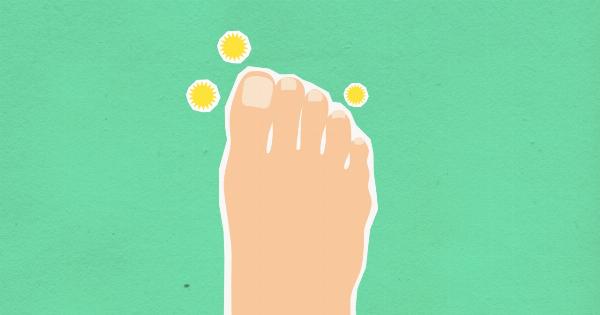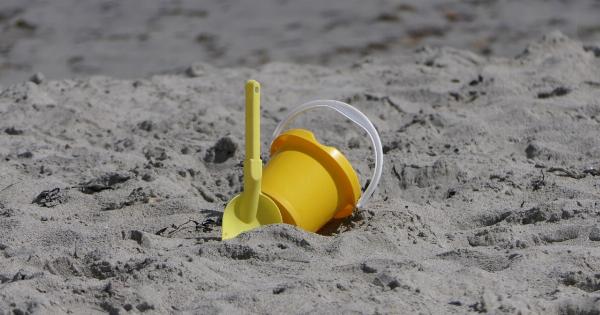Common nail fungus, also known as onychomycosis, is a fungal infection that affects the nails of the fingers and toes. It can occur at any age and affects both men and women.
In this article, we will discuss the causes, symptoms, and treatment options for common nail fungus.
Causes of Common Nail Fungus
The most common cause of nail fungus is a group of fungi known as dermatophytes. These fungi thrive in warm, moist environments such as swimming pools, locker rooms, and showers.
They can enter the body through tiny cuts around the nail bed or through a separation between the nail and the nail bed.
Fungal nail infections can also be caused by yeasts and molds.
People with weakened immune systems, athletes who sweat heavily and wear tight-fitting shoes, and individuals who have experienced nail trauma are at increased risk of developing nail fungus.
Symptoms of Common Nail Fungus
The symptoms of common nail fungus may vary from person to person. The most common symptom is thickening of the nail. Other symptoms may include:.
- Discoloration of the nail, ranging from white to yellow or brown
- Brittle and crumbly nails
- Distorted shape of the nail
- Foul smell from the affected nail
- Pain and discomfort in the affected area
If left untreated, nail fungus can spread to other nails, and the infection can become severe. In some cases, it may lead to permanent damage to the nail and the surrounding skin.
Treatment Options for Common Nail Fungus
There are several treatment options available for common nail fungus. These include:.
Oral Medications
Oral medications are prescribed by a doctor and are taken for a period of several weeks to several months. These medications help to kill the fungus and promote the growth of healthy nails.
Some of the common oral medications prescribed for nail fungus include terbinafine and itraconazole. However, these medications may have side effects, and they should be taken only under the guidance of a doctor.
Topical Medications
Topical medications like antifungal creams, gels, and nail lacquers can be used to treat nail fungus. These medications are applied directly to the affected nail and the surrounding skin. They help to kill the fungus and prevent its spread.
However, they may take a longer time to work than oral medications, and they may not be as effective in severe cases of nail fungus.
Surgical Treatment
In some cases, surgical treatment may be recommended for nail fungus. This involves removing the infected nail through a procedure known as nail avulsion. This may be done alone or in combination with antifungal medication.
However, this treatment option is usually reserved for severe cases of nail fungus.
Home Remedies
Some home remedies may be effective in treating nail fungus. These include:.
- Tea tree oil
- Vinegar soak
- Mouthwash soak
- Coconut oil
- Baking soda paste
However, the effectiveness of these remedies may vary from person to person. It is best to consult a doctor before trying any home remedies.
Prevention of Common Nail Fungus
Preventing common nail fungus is simple. Some of the things you can do to protect your nails include:.
- Keep your feet and hands clean and dry
- Avoid sharing shoes and nail clippers with others
- Avoid walking barefoot in public places
- Wear shoes that fit well and allow air circulation
- Change your socks and shoes regularly
By following these preventive measures, you can reduce your risk of developing nail fungus.





























